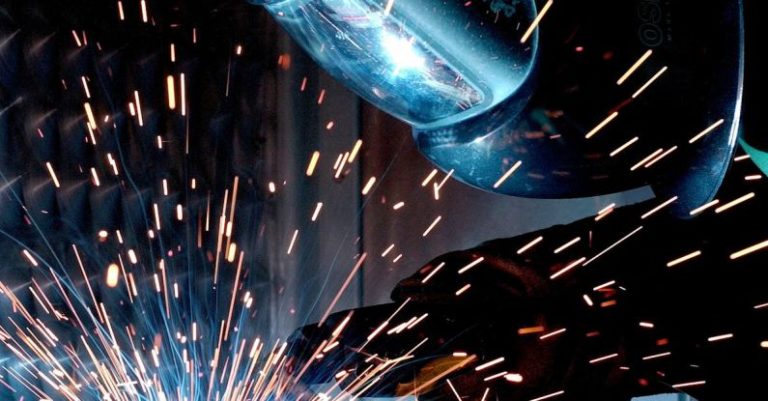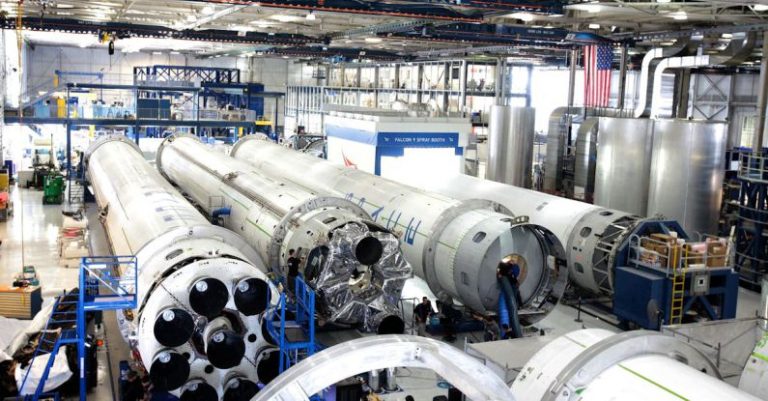Enhancing Wind Turbines with Innovative Composite Blades
Harnessing the power of wind has become an essential component of the global renewable energy landscape. Wind turbines play a crucial role in generating clean electricity, but advancements in technology are constantly sought to improve their efficiency and performance. One key area of focus in this pursuit is the development of innovative composite blades. These cutting-edge blades offer a range of benefits that can significantly enhance the capabilities of wind turbines, making them more efficient, durable, and cost-effective.
The Evolution of Wind Turbine Blades
Wind turbine blades have undergone significant evolution since the early days of wind energy. Traditional blades were typically made of materials like wood or metal, which had limitations in terms of weight, strength, and aerodynamic efficiency. As the demand for renewable energy grew, the need for more advanced blade materials became apparent. This led to the development of composite materials, such as fiberglass and carbon fiber, which revolutionized the design and performance of wind turbine blades.
Enhanced Efficiency with Composite Blades
Composite materials offer a lightweight yet durable alternative to traditional blade materials, allowing for longer and more aerodynamically efficient blades. Longer blades capture more wind energy, increasing the overall energy output of the turbine. Additionally, the flexibility of composite materials allows for the design of blades with complex shapes that optimize performance in varying wind conditions. This enhanced efficiency is crucial in maximizing the energy output of wind turbines, making them more competitive with other forms of energy generation.
Improved Durability and Reliability
One of the key advantages of composite blades is their superior durability and resistance to environmental factors. Traditional materials like wood and metal are prone to corrosion, fatigue, and wear over time, leading to costly maintenance and repairs. In contrast, composite materials are highly resistant to corrosion and fatigue, ensuring a longer lifespan for the blades. This increased durability not only reduces maintenance costs but also improves the overall reliability of wind turbines, making them a more dependable source of clean energy.
Cost-Effectiveness and Sustainability
While the initial cost of manufacturing composite blades may be higher than traditional materials, the long-term cost-effectiveness of these blades is undeniable. The enhanced efficiency and durability of composite blades result in higher energy production and lower maintenance costs over the lifetime of the turbine. This makes wind energy more economically viable and competitive with fossil fuels. Furthermore, composite materials are recyclable, contributing to the sustainability of wind energy as a renewable power source.
Innovations in Blade Design
Advancements in composite technology have opened up new possibilities for innovative blade designs that push the boundaries of efficiency and performance. Researchers and engineers are exploring concepts such as morphing blades that can adapt to changing wind conditions, as well as bio-inspired designs that mimic natural forms for optimal aerodynamics. These cutting-edge designs have the potential to further improve the capabilities of wind turbines and drive the growth of renewable energy worldwide.
The Future of Wind Energy
As the demand for clean energy continues to rise, the importance of enhancing wind turbine technology becomes increasingly apparent. Innovative composite blades represent a significant step forward in improving the efficiency, durability, and sustainability of wind turbines. With ongoing research and development in composite materials and blade design, the future looks bright for wind energy as a leading source of renewable power. By harnessing the power of the wind with innovative composite blades, we can pave the way towards a greener and more sustainable energy future.






